QuestionQUESTION: Hi, am really hoping you can help, this morning we found a baby bird on my mother in law's path, we phoned several animal help centres but they all said to put it back where we found it and the mother will hopefully come looking for it but we explained to them that my mother in law has 3 cats and there are a lot of cats in the neighbour hood so it would end up getting eaten, unfortunately they weren't particularly bothered and couldn't help, we looked all around for a nest but couldn't find one so I decided to take it home and am hoping to keep it safe until it grows big enough to fly and be released.
I looked at some images on line and believe it to be a collared dove, it is black skinned with yellow tufty hair, it has no feathers and doesn't appears to make any noise as of yet.
I have tried to feed it with ready brek mixed with warm water through a syringe but it wasn't interested so I put some in a baby's bottle teat and placed it's beak in the open end and it seemed to eat a little but not as much as I think it should have.
I have it wrapped loosely in a towel inside a box hoping this will be enough to keep it warm and lastly it has a small cut on it's back, I have cleaned it with warm water but wondered if there was anything else I could do to avoid infection.
Any advise would be greatly appreciated.
Thank you
Laura.
ANSWER: Hi there,
I understand your concern.
If the baby refuses to eat you need to pry its beak open. this is what happens with most doves.
http://www.pigeonrescue.co.uk/caringforababypigeon.htm
has great care and tips for caring for a dove or pigeon. (all care is the same, breed doesnt matter)
For the first 10-14 days of its life a dove will be brooded by its parents, so a rescued one will need a gentle source of heat. Do not place them in front of the fire or in direct sunshine as they can overheat and die.
Safe heat can be provided by:
An electric heat pad set on low.
An angled desk lamp with a 40 watt bulb or (ideally) a 40 watt nightlight red reptile bulb.
A microwaveable "Snuggle Safe Pet Heatpad" available from Pets at Home. The advantage of these is that they provide heat for an extended period, the disadvantage is that they can only be reheated when they are cold, so there would have to be a second heat pad or an alternative to provide the baby with constant warmth.
A hot water bottle wrapped in a towel (this would have to be changed every 2 hours)
A micro hottie...keeps warm for up to 5 hours.
What to feed a baby dove.
Please make certain that the baby is warm before feeding it. If it is cold then it won't be able to digest its food and feeding it could kill it.
A baby dove will put its gaping beak inside the parent's mouth and the parent will pump its crop contents into the baby's mouth. During the first three days of its life the baby will receive what is known as "crop milk" , created from the lining of the parent's crop . This is nothing like dairy milk. Never give a dove dairy milk, they can't digest it.
A hatchling will need very thin food, about the consistency of skimmed milk...this should be gradually thickened over the first 10 days to the consistency of ketchup. Suitable foods for feeding baby pigeons are:
Kaytee Exact Hand Rearing Formula
Tropican hand rearing mix
Nutribird
Chick rearing crumbs soaked in hot (not boiling) water for half an hour, liquidised and sieved.
The products listed above are suitable for raising hatchlings as they contain the enzymes required to digest food during the first three days of a pigeon's life.
For babies that are over 3 days old you can use Ready Brek or Baby's First Porridge made up with warm water if the other products are not available.
In an emergency, day old wholemeal bread dipped in warm water, or dog biscuits soaked in warm water until they are fluffy can be used.
Babies that are 2 weeks old can be fed defrosted corn and peas, served warm. They can be popped into the beak one at a time, feeding until the crop feels squishy like a bean bag.
Don't heat food in a microwave, that can leave scalding pockets of heat that can burn the crop. The correct temperature for baby pigeon food is 39 degrees Centigrade...that is a bit warmer than our body heat.
How to feed a baby dove.
The safest way to feed a dove is to replicate the parents' method of feeding.
Please note that although turtle dove nestlings and squabs need the same care needs as other squabs - but more time needs to be taken as can stress easily (they are very delicate up to around 21 days old). Heart attacks are imminent in youngsters if stressed too much. If they display signs of stress such as open mouthed breathing they should be placed back in seclusion and another slow-steady attempt made later to feed, etc. By the time youngsters are 21 days old - they are much more robust and can handle stress.
Meathods of feeding.
I use a small baby bottle and cut the tip of the nipple half way down (just enough to slide their beak into). Then cut the finger off a rubber glove and slide it over the nipple. Put a cross slit at the top of the glove (kind of surrounds their beak to help with the mess)
They love it!
The "baggie method": The food it put in a plastic bag and squeezed down into a corner. A small slit is made in the bag and the baby's beak is inserted in that. The bag is gently squeezed to pump the food into the baby's beak.
The "Syringe and balloon method":
the end of a 20 ml syringe is cut off and replaced with something soft such as a piece of balloon or a piece of support bandage held in place by an elastic band. An X slit is cut in the bandage/balloon and the pigeon inserts its beak. The food is gently pumped in using the plunger.
Always remember to let the baby come up for air, and clean his nostrils as you go along. Wash his face and beak when you have finished.
As a rough guide, for the first 24 hours a baby pigeon will need , 1ml at each feeding, every 2 hours including during the night. If you miss feedings the bird will become weak very quickly. Baby doves are smaller so would need less per feed.
By day 2. 2 mls will be needed at each feeding and by day 3 if they are growing well, you could be up to 5 mls.
At 1 week, they should be on 15mls and will only need feeding every 6 hours.
If you can, weigh the baby at the same time every day to ensure it is thriving.
The baby will need to be kept away from damp and draughts. While he is young he will need bedding that will stop his feet from sliding under him as this could cause the legs to splay out rather than grow in the correct position. White kitchen towel is good because it will enable you to see the quantity and colour of his poops. It will need to be changed regularly (two or three times a day). Other good alternatives are a dry facecloth or a piece of dry toweling.
Don't use woodchip or anything else that the baby might eat. Although woodchip is a good bedding material a baby woodpigeon at a sanctuary once managed to eat his bedding during the night. The surgery required to have the stuff removed from his crop earned him his name of "Sixty Quid".
While he is under 10 days old the baby can be kept in a high sided box but as he grows older he will need to to be able to stretch his wings out and exercise them.
If a hand raised baby is going to be released it is better to take him to a sanctuary where he will be able to mix with other dove, learn from them and be released in the relative safety of a "mini flock"
I reccomend contacting other vet clinics or a wildlife rehabber/ fish and wildlife center in hopes for the doves best chance of survival.
hope this helps,
ben.
---------- FOLLOW-UP ----------
QUESTION: Hi Ben
Once again thank you for all the previous good advice, I took your advice and managed to find a wildlife rescue and rehab centre, had to drive 60 miles but was the closest person who would help, they are putting it on antibiotics because of it's wound and formula feeds,they said that they had one of a similar age so it would have company and they seemed to think it had a good chance of survival and release back into the wild once old enough, but lots of people including some of the vets I contacted have told me that it would probably die, It survived through the night against most of there odds and was kept warm, was eating a little and still lively enough when I dropped it off, I know it's not that easy to say when you haven't seen it for yourself but in your experience do you think it stands a good chance of survival with their expertise or were they trying to spare my feelings?
Thank you
Laura
AnswerHi Laura,
Thanks again for your question.
I think the bird stands a good chance of survival with their expertise because you brought him to a local wildlife rehabber.
A vet is always good too, but a rehab center specializes in wildlife rehabilitation and care so I am certain it will be ok. The dove has another one of it's kind so I am feeling good about that, because it always increases the chance of survival.
Thanks again for your questions. Feel free to ask again. I am also an expert in the following categories: dogs,cats, and wild animals. Birding too.
I would appreciate any more questions you might have and if you would take a minuet of your time and rate this answer; ratings always help me improve my answers.
Thank you,
Ben.

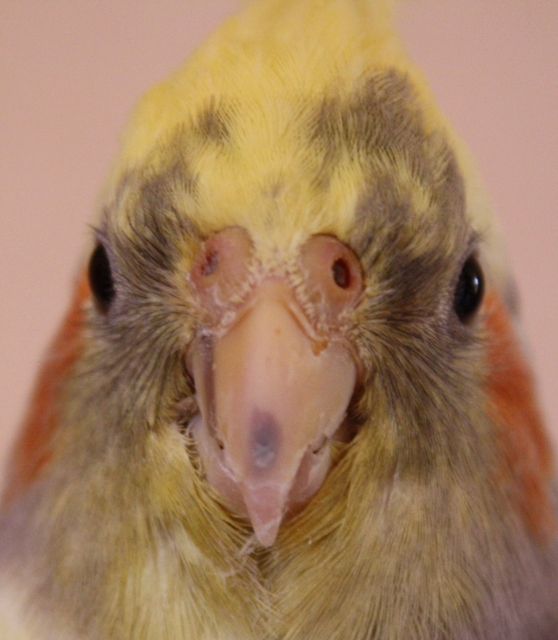 Bruise-like discoloration of beak (Cockatiel)
QuestionSasha
QUESTION: Our Cockatiel has develo
Bruise-like discoloration of beak (Cockatiel)
QuestionSasha
QUESTION: Our Cockatiel has develo
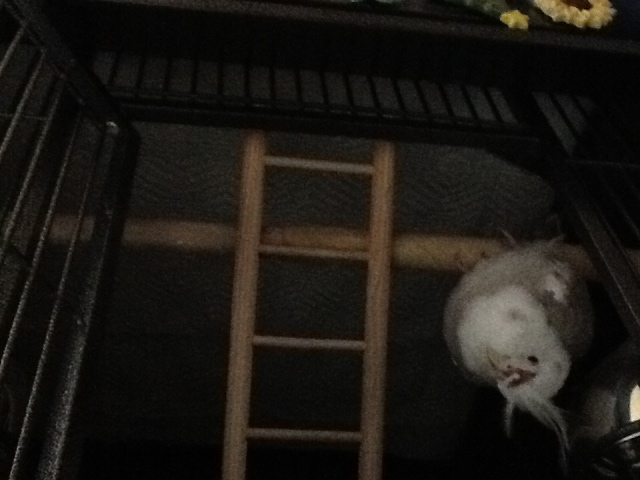 White faced cockatiel injury
Question
cockatiel injury
My 8 year old cockatie
White faced cockatiel injury
Question
cockatiel injury
My 8 year old cockatie
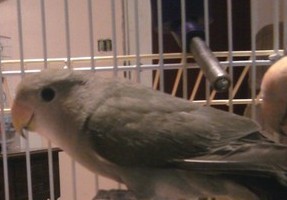 My odd lovebird
Question
Honey
I have a love bird that is approximately
My odd lovebird
Question
Honey
I have a love bird that is approximately
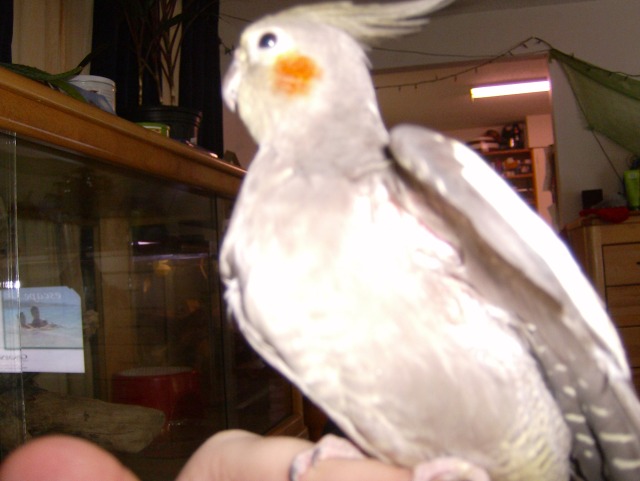 my cockitale mocha
QuestionQUESTION: I have a cokitale that will be 3 on A
my cockitale mocha
QuestionQUESTION: I have a cokitale that will be 3 on A
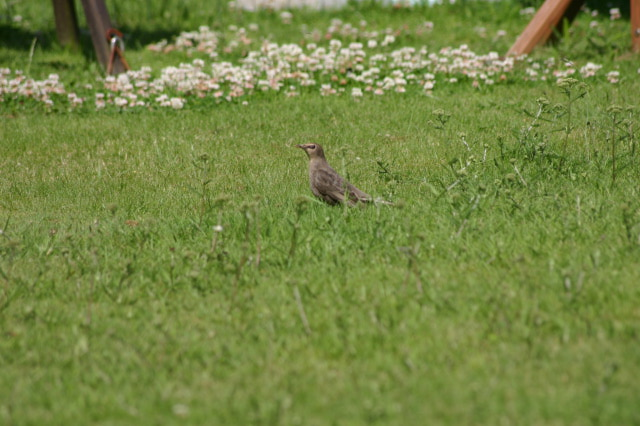 Identification of a bird
Question
Bird name
Please can you advise what th
Identification of a bird
Question
Bird name
Please can you advise what th